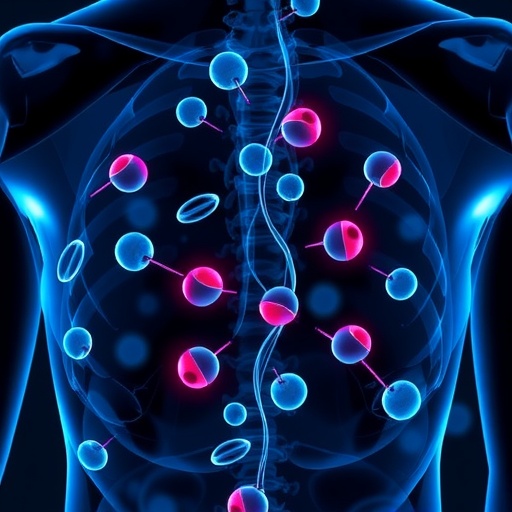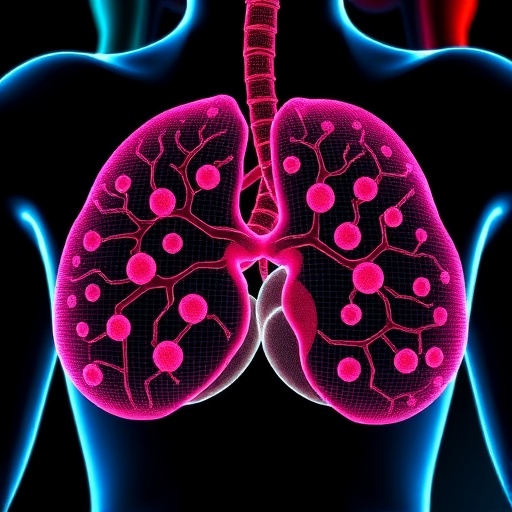Childhood trauma is the experience of a highly distressing event or situation during one's youth, which is beyond a minor's capacity for coping or control. Trauma encompasses many possible events, from enduring sexual or physical violence to facing the death of a parent. While such events would be painful for anyone, some children who experience trauma become particularly susceptible to psychosis. That is, they may become more prone to experiencing unusual thoughts, beliefs, and experiences that might make it hard to distinguish things as either real or imagined. Before most people experience full-blown psychotic disorders such as schizophrenia, they are often diagnosed as being at clinical high risk (CHR) for psychosis.
A small but growing number of studies on the CHR population have begun to focus on identifying possible factors that predict the conversion to psychotic disorders, such as the role of childhood trauma.
Although the majority of children who experience trauma do not exhibit signs of psychosis later, a sizeable share (by some estimates as much as 35%) of children go on to experience psychotic episodes. These can occur in later childhood or young adulthood. At worst, these events require psychiatric hospitalization, which can become yet another form of trauma. Ideally, health care professionals would be able to spot the warning signs of psychosis early. Based on what we know so far, we can draw provisional conclusions about particular types of childhood trauma that are linked to increased risk for psychosis: bullying, sexual abuse, and emotional neglect.
While various models have been proposed to explain why certain children who experienced trauma become susceptible to psychosis, physicians still do not have a clear understanding of this process. A recent comprehensive literature review, published in Frontiers in Psychiatry, by Dr. Danessa Mayo and colleagues offers a model of the trauma-psychosis risk cycle that results from experiencing childhood trauma. According to the model, early childhood trauma interacts with a child's genetic vulnerability and propels them towards greater likelihood of an altered developmental trajectory. Factors such as poor emotional control, limited coping skills, poor social functioning, and increased stress sensitivity increase a child's risk of experiencing psychotic-like symptoms (e.g., unusual thoughts, suspiciousness, perceptual disturbances). The experience of having psychotic-like symptoms and a trauma history creates increased vulnerability for future trauma, creating a vicious circle.
Early psychosis programs serve the vital function of preventing and reducing the severity of psychosis. In their review Dr. Mayo and colleagues unearth a benefit to such CHR screenings for trauma history. By closely analyzing the findings in a large sample of CHR screenings, physicians can effectively deduce early childhood predictors of conversion to psychosis. This work is ongoing, and a more consistent and specific definition of what is considered "trauma" should be determined. It will also be necessary to pay particular attention to the experience of members of different ethnic groups and races, as well as gender. It is possible that these variables impact the types of childhood traumas that later cause psychosis.
Dr. Mayo and colleagues recommend that physicians on the front lines of dealing with CHR youth avail themselves of targeted training for assessing and treating individuals with both trauma and psychosis. In addition, physicians should develop and adhere to standard protocols for assessing a history of childhood trauma. Finally, physicians should document any connections they uncover between childhood trauma and other health concerns. As Dr. Mayo notes, undertaking this work is vital: "We can promote resilience and mitigate the vulnerability of CHR individuals to developing a psychotic disorder and improve their chances of recovery."
###
Media Contact
Melissa Cochrane
[email protected]
41-787-246-393
@frontiersin
http://www.frontiersin.org
############
Story Source: Materials provided by Scienmag




